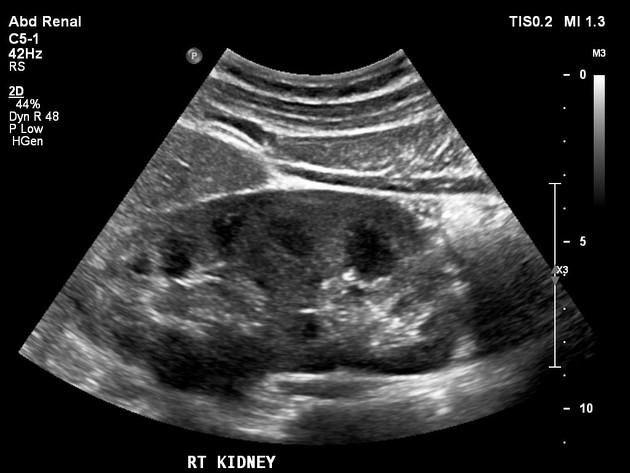
noun
- Physics. sound with a frequency greater than 20,000 Hz, approximately the upper limit of human hearing.
- Medicine/Medical. the application of ultrasonic waves to therapy or diagnostics, as in deep-heat treatment of a joint or imaging of internal structures.
noun
- ultrasonic waves at frequencies above the audible range (above about 20 kHz), used in cleaning metallic parts, echo sounding, medical diagnosis and therapy, etc
1923, from ultra- + sound. Cf. ultrasonic. In reference to ultrasonic techniques of detection or diagnosis it is recorded from 1958. n.
- Ultrasonic sound.
- The use of ultrasonic waves for diagnostic or therapeutic purposes, specifically to visualize an internal body structure, monitor a developing fetus, or generate localized deep heat to the tissues.
- Sound whose frequency is above the upper limit of the range of human hearing (approximately 20 kilohertz).
- See ultrasonography.
- An image produced by ultrasonography.
A method of diagnosing illness and viewing internal body structures in which sound waves of high frequency are bounced off internal organs and tissues from outside the body. The technique measures different amounts of resistance the body parts offer to the sound waves, and then uses the data to produce a “picture” of the structures. Ultrasound is often used to obtain an image of the developing fetus in pregnant women; the image can confirm the presence of twins or triplets and can be used to diagnose some abnormalities.
 Liberal Dictionary English Dictionary
Liberal Dictionary English Dictionary